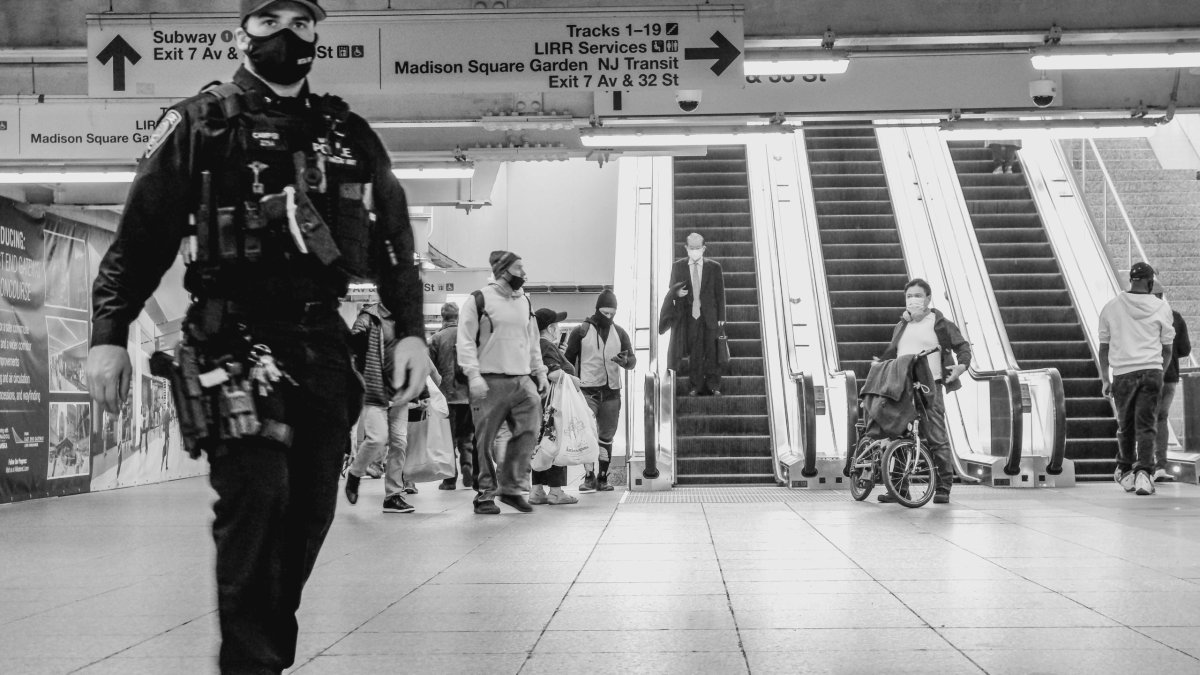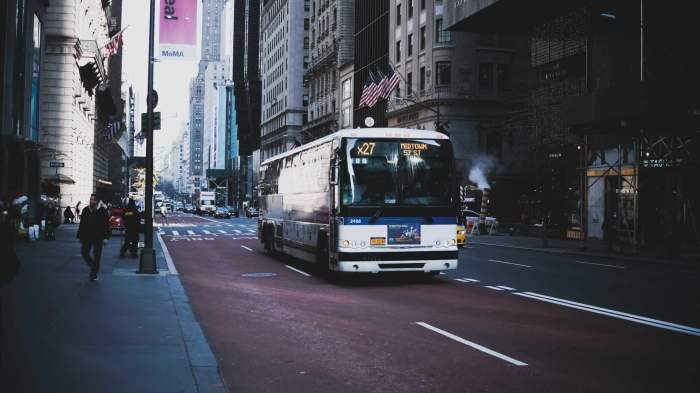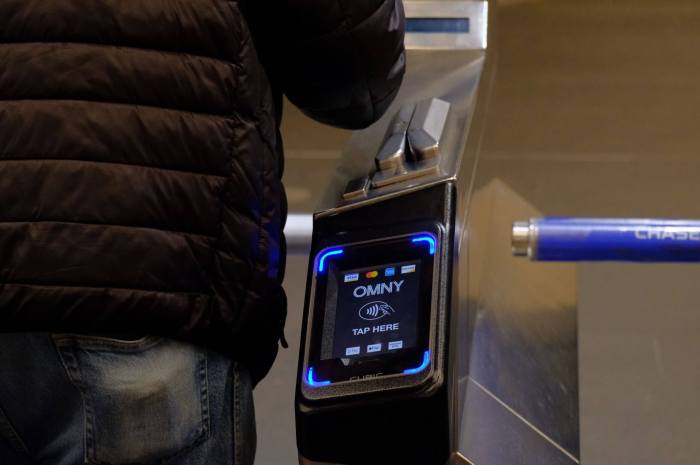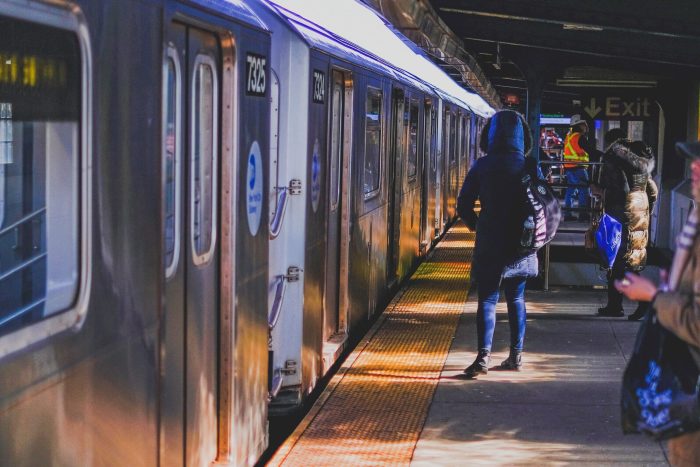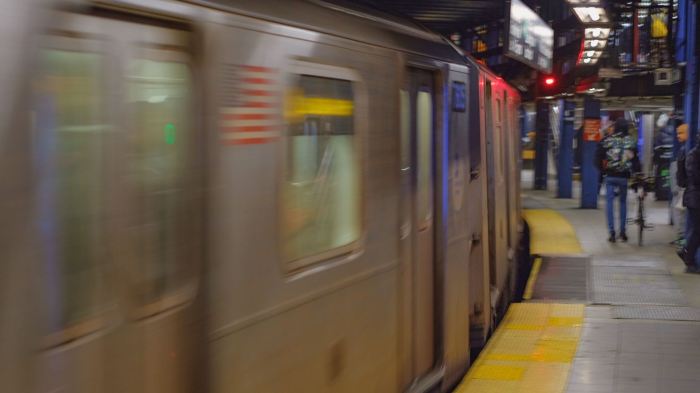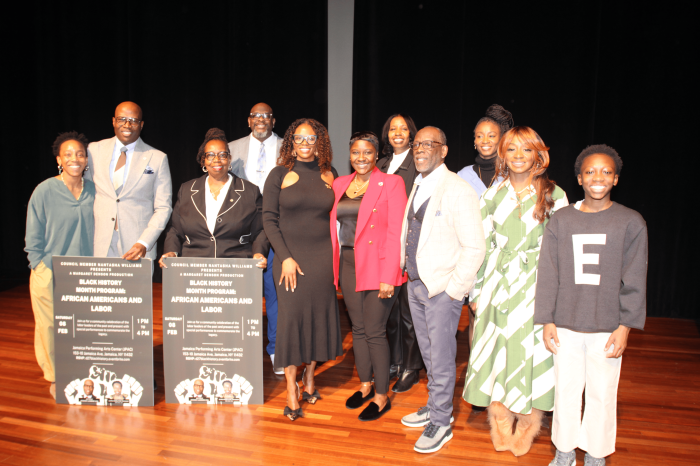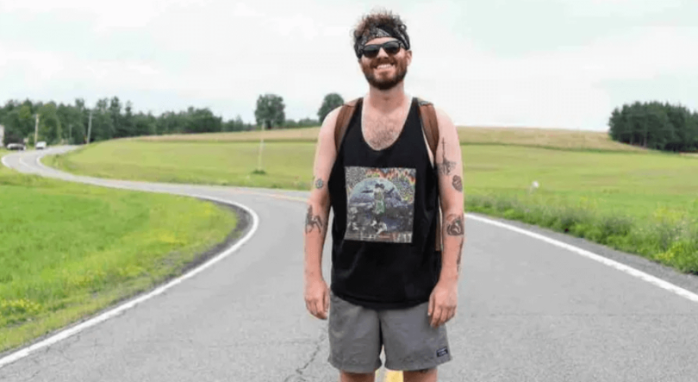Serious crimes are down across the Metropolitan Transit Authority’s transit systems as 644 NYPD officers have been added to the subways and buses to day, according to the agency’s Chief Safety Officer Pat Warren. But it’s proving difficult to shake the public perception that subway crime is rising.
That means 953 cops are on patrol as the MTA continues on in its goal of having up to 1,300, and NYPD Transit Chief Kathleen O’Reilly says the crime reduction is not because ridership, while slowly rebounding, remains far lower than pre-pandemic levels.
“In fact, last week we saw the second lowest week for transit crime ever recorded. There was only 15 reported crimes, even as ridership has steadily climbed to more than six times that of the lowest point,” O’Reilly said. “Crime has not only declined as ridership fell during the pandemic, but it’s continued to fall as [ridership] has risen from around 300,000 daily riders to over 2 million as daily ridership heads into the millions. Once again, we are confident we have the necessary number of officers deployed to keep the system safe.”
Members of the MTA board on Wednesday, however, were in disagreement that riders felt safe — and grilled O’Reilly accordingly when she claimed that crime was down 41% in subways over the last two years.
Haeda Mihaltses argued that her own family members had reported back to her a feeling of danger when riding the trains. That’s something interim NYC Transit President Sarah Feinberg said was a valid concern in that bringing riders back to the system is not just about crime, but how the riding public feels.
“The system doesn’t feel safe, we’re hearing this from our customers all the time, it does not mean I’m rooting against New York, and it doesn’t mean I’m rooting against the system and it doesn’t mean I’m a fear monger… We can’t just pretend that people don’t feel this way, they do,” Feinberg said. “Thank God we don’t have tons of sexual assaults and rapes and murders. But none of that reflects the fact that we’ve got a mental health crisis in the city, that we have a substance abuse problem in the city that is very much living underground right now.”
Also contributing to the dangerous perception, Feinberg said, is the lower level of ridership itself.
“We’ve got a system that sometimes feels desolate, which is a problem for riders who are entering cars by themselves or standing alone in stations and are having interactions with folks who are either experiencing a mental health crisis or aggressive in some other way,” she added.
Riders Alliance Policy Director Danny Pearlstein criticized the emphasis on crime, stating that addressing service should take priority over urging the mayor for more law enforcement support.
“Scaring New Yorkers away from public transit endangers the essential workers who depend on it. When the governor and his aides Trump up crime stats, it deters riders from coming back to the system and harms New York’s recovery,” Pearlstein said. “Governor Cuomo should focus on maintaining frequent and affordable buses and trains and delivering a reliable and accessible transit system. Blaming the mayor for a phony crisis does not fix the subway.”
According to MTA Police Chief Al Stiehler, there were 457 employee harassment incidents and 124 assaults in the first quarter of 2021. Year to date, “serious crimes” were down to 29 versus 36 in the year prior.
There were 501 incidents of vandalism in the first quarter as well, Stiehler said.



